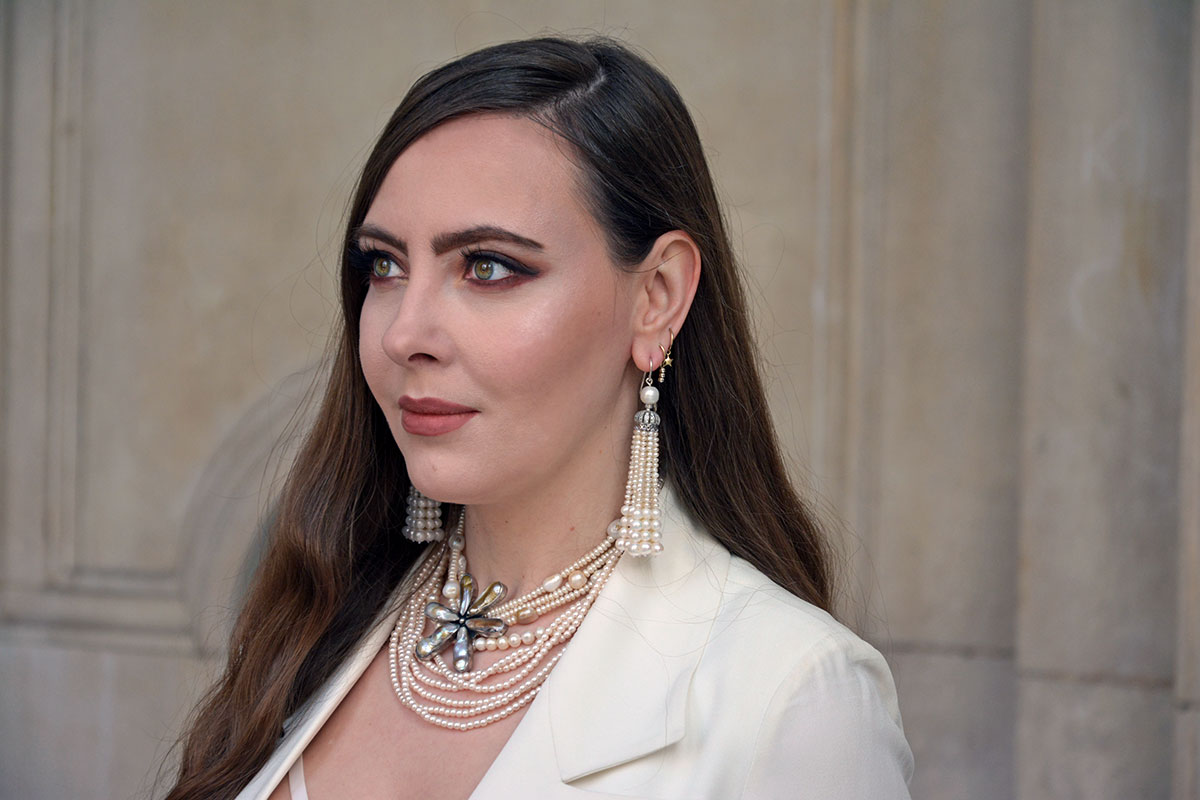
Not to be confused with parkour (PARKOUR! PARKOUR!), pearlcore is name given to a trend propelled by Gen Z’s nostalgia for their joyful youth, full of memories of their mums’s or grandma’s pearl jewellery as well as crafty beadwork. And thus, pearlcore has emerged as a trend.
Pearls have not been in fashion for years, and at the same time, they have not not been in fashion either. These organic gemstones have been the Switzerland of jewellery for quite a few decades, but they did have some grand moments throughout their history as human adornments. Let’s explore some peculiarities about pearls.
Pearl jewellery history starts with cocktails
The oldest pearl in history was discovered in 2012 in the United Arab Emirates. It was carbon dated to be around 7,500 years old, reaching the Neolithic age. Interestingly, in ancient times pearls were not called pearls, they were referred to as margaritas. This is because families of pearl-bearing oysters are called Margaritiferidae. This means that if your name is Margaret or Margarita, your name in theory is also Pearl. Handy to know, in case you needed an alterego.
Speaking of margaritas, here’s a very potent cocktail idea: Vinegar and pearls, from Cleopatra’s own recipe book. When not grounding lapis lazuli or malachite, the Queen of Egypt was inventing novel ways to showcase her superiority to noblemen and leaders of other countries. Time well spent, if you ask me. One such occasion saw Cleopatra pop a natural pearl into vinegar, see it dissolve and then drink it. Because pearls were extraordinarily rare, this was an extraordinarily brash and brazen move. Also, was this the world’s first margarita cocktail? Although the dissolved pearl was stirred into the vinegar, it’s prudent to assume the audience was shaken, and according to Roman author and naturalist Pliny, this made a lasting impression on Marc Anthony.
Generally speaking in Ancient Rome, pearls were having a moment. Another legend has it that Vitellius, an army general who later became an emperor, pawned his mother’s pearl earrings to finance both a military and PR campaigns to restore his good name.
Moving further through history, in medieval and renaissance periods nobility wore pearls as jewellery and also embellishments on their clothing. The evidence of this is abundant – from portraits you could buy in antique stores to paintings hanging in museums. Everyone who was anyone liked to be dripping in pearls if they could afford those, plus fork out for a personal portrait commission.
Around the early 1700s the fashion for diamonds slowly started to take over, and because pearls were so notoriously expensive and rare, it was simply easier to go for the oh-shiny gem. However, the Victorian era’s mourning jewellery trend had brought popularity back to pearls, using them as a symbol for tears.
But not everyone was into crying. In 1893 Kokichi Mikimoto forever changed the history of pearls by creating the first cultured pearl. What had been a luxury exclusively for nobility suddenly became accessible to necks of all women around the world. Luckily, this has been Mikimoto’s mission all along.
Types of pearls
Nearly all pearls on the market are cultured as natural pearls remain extremely rare – mostly found in the seas off Bahrain and Australian Indian Ocean waters. In fact, some natural pearls are found as a bi-product of cultured pearl diving.
Cultured pearls are created exactly the same way as natural pearls, just with human intervention of seeding a nucleus into a living oyster in a controlled environment. Just like with a natural pearl, the outcome can not be predicted – the lustre, colour or size is all up to nature. So, let’s explore the types of cultured pearls out there:
- Akoya: This is a saltwater pearl that is cultured in Japanese and Chinese waters, it is also the most abundant. It is the classic pearl choice – think bright mirror-like luster and neutral colours.
- Tahitian: Also known as the black pearls from the waters of French Polynesia. Tahitian pearls are never actually black, rather grey, aubergine or with tints of blue. These pearls do not undergo any colour treatment and are valued for their metallic sheen as well as darkness, so the darker the colour, the costlier the price tag. True goths.
- Freshwater: The most budget-friendly of the bunch, freshwater pearls are cultivated inside freshwater mussels and not ocean molluscs. These come mainly from China, and differ dramatically in price because of the variety in freshwater pearl quality and size. Some are also colour treated.
- South Sea: Typically South Sea pearls are considered the most expensive pearl variety as well as the largest. They are cultured in waters between Australia, Indonesia and the Philippines which some say are a bit of a dodgy place with reports of pirate sightings and shark attacks.
- Baroque: A nice blanket category for all other pearl shapes and sizes. While the Akoya, Tahitian, South Sea pearls are prized for regularity and roundness in shape – baroque pearls are all about the freaks. The larger, more irregular, more unusual, the better. From slightly more demure Keshi pearls, which are formed layers of nacre and much rarer than normal pearls, to rice pearls, to egg pearls, and finally to full-on grotesquely huge and misshapen pearls, baroque is where the fun’s at for pearls. Rigid wives of presidents look away.
From a biological point of view, almost any shelled mollusk can produce a pearl – but a lot of them would be worthless as they’d lack luster or iridescence required to be considered a gemstone. But there’s a rare elite of natural pearls that is still on the market: the Melo Melo, the Conch and the New Zealand Blue. Other gems that used in jewellery and are derivatives or part of the process of culturing pearls is abalone and mother of pearl (nacre).
5 peculiar pearl jewellery facts
- Pearls are mentioned in all the biggest religious scriptures: Hindu, Hebrew, Catholic and Islamic.
- The world’s most popular pearl is considered to be La Peregrina, which was owned by European royalty, survived the French Revolution (1789) and the Russian Bolshevik revolution (1917). It even found itself on Elizabeth Taylor’s neck – a great place to be after 350 years in turmoil.
- The world’s largest pearl is valued at $100 million. It is 30 cm wide, 67 cm long and weighs 34 kg. Not exactly a pendant.
- In the year 1BC Julius Caesar allegedly signed off a law that forbade anyone below nobility to wear pearl jewellery. Talk about inventing flexes.
- What is the first image that pops in your head when I say Coco Chanel? Is it a black and white photograph of a stunning lady in a black dress draped with pearls? It’s true, Chanel loved pearls – but her preference were faux pearls worn in heavy layers that she made extremely popular. Just like after Mikimoto, after Chanel’s take on pearls – the world has never been the same.
How to spot fake pearls
Fake or faux pearls are made of glass, plastic, alabaster or even shells. These are then treated with a pearlescent top coat, so that they carry a luster or sheen similar to real pearls.
While a lot of sources will tell you to rub pearls against your teeth – I will certainly not advise you to put anything in your mouth that you don’t want to. I am not here for that energy. Here’s what to do instead:
- Test the temperature. Like a lot of gemstones, cultured or natural pearls will be cool to the touch at first. Materials such as plastic will soak up room temperature instead.
- Look for imperfections. Real pearls will never be 100% perfect, but they can be close to it. See if you can spot tiny irregularities, minute differences in shape and shade. The truth is if your strand of pearls is totally perfect, symmetrically round and of the same colour, it is likely that it’s fake, as real pearls are matched as closely as possible, but they won’t be clones.
- Feel the texture. Both natural and cultured pearls have a textured surface, so rub them gently against each other to feel that sandy structure. Fake pearls will feel glassy and smooth.
- Look at the workmanship. Are the holes drilled into the pearls small and gentle or large? Are there knots in-between the pearls? Fake pearls will have larger drill holes, around which you may be able to see pearlescent layers chipping off – a dead giveaway for a faker. Also, knots between pearls are there to stop pearls rubbing against each other, preventing damage and wear. It’s a lengthy job that’s typically worth doing if your pearls are real.
- Measure the weight. Real pearls are often heavier than plastic beads. Having said that, some glass pearls might mislead you with the weight test, as glass beads can also be heavy. Consider mixing this test with the pointers above to complete your pearl assessment.
Do you wear pearl jewellery? Do you go for cultured or faux pearls? Are you going to rock pearlcore this season?
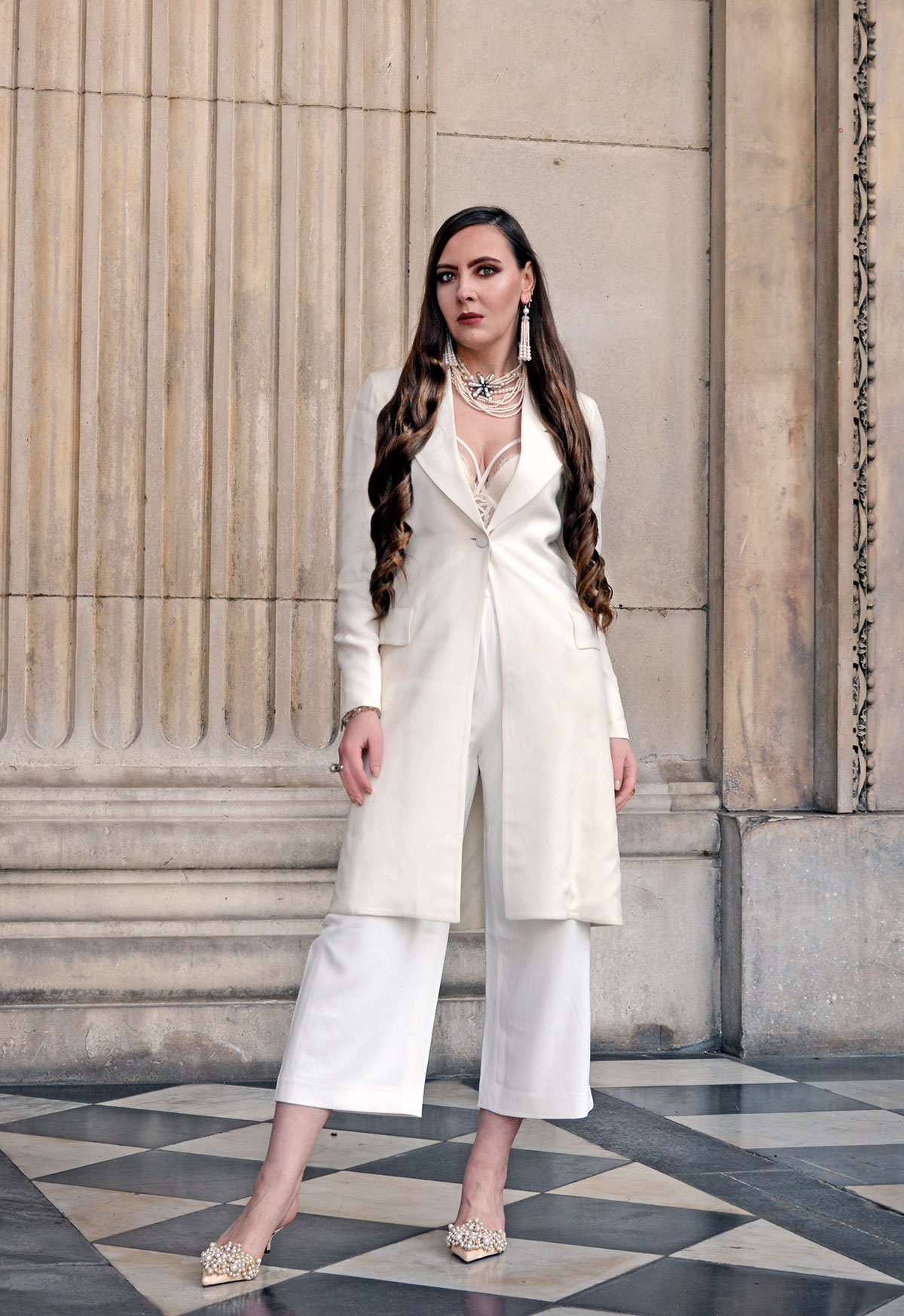
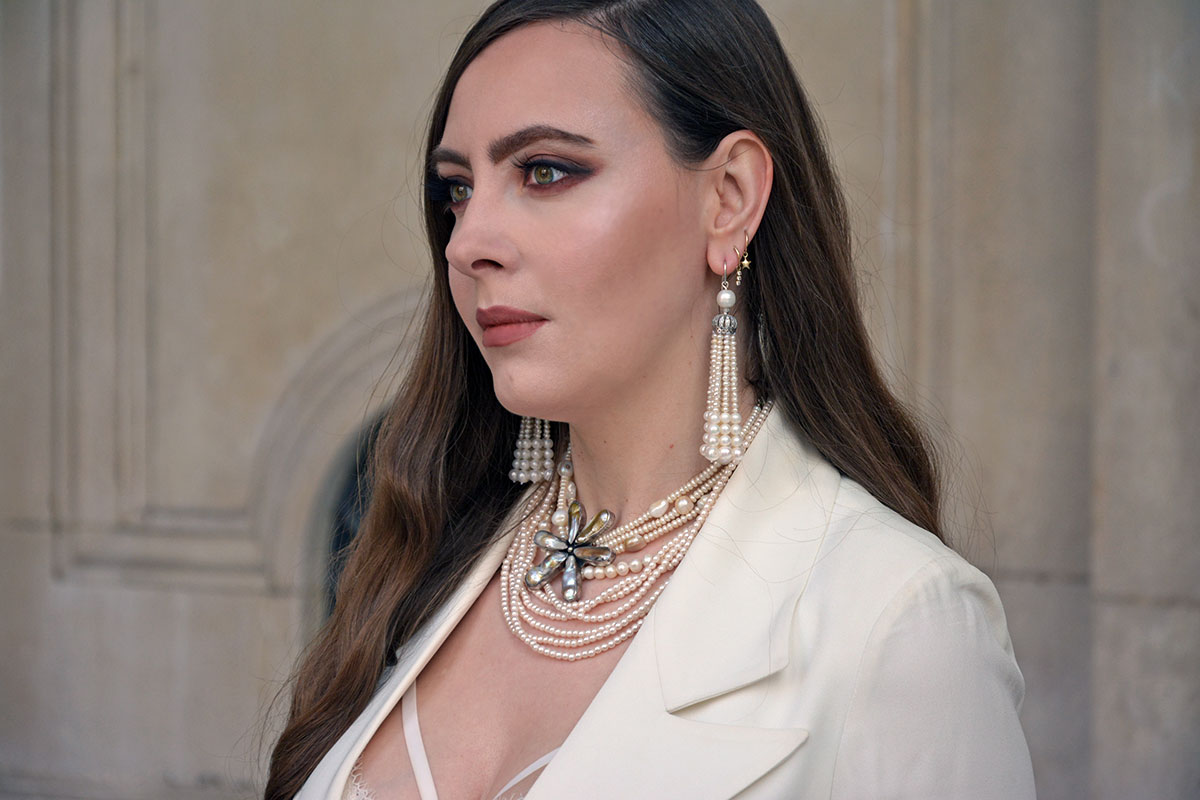
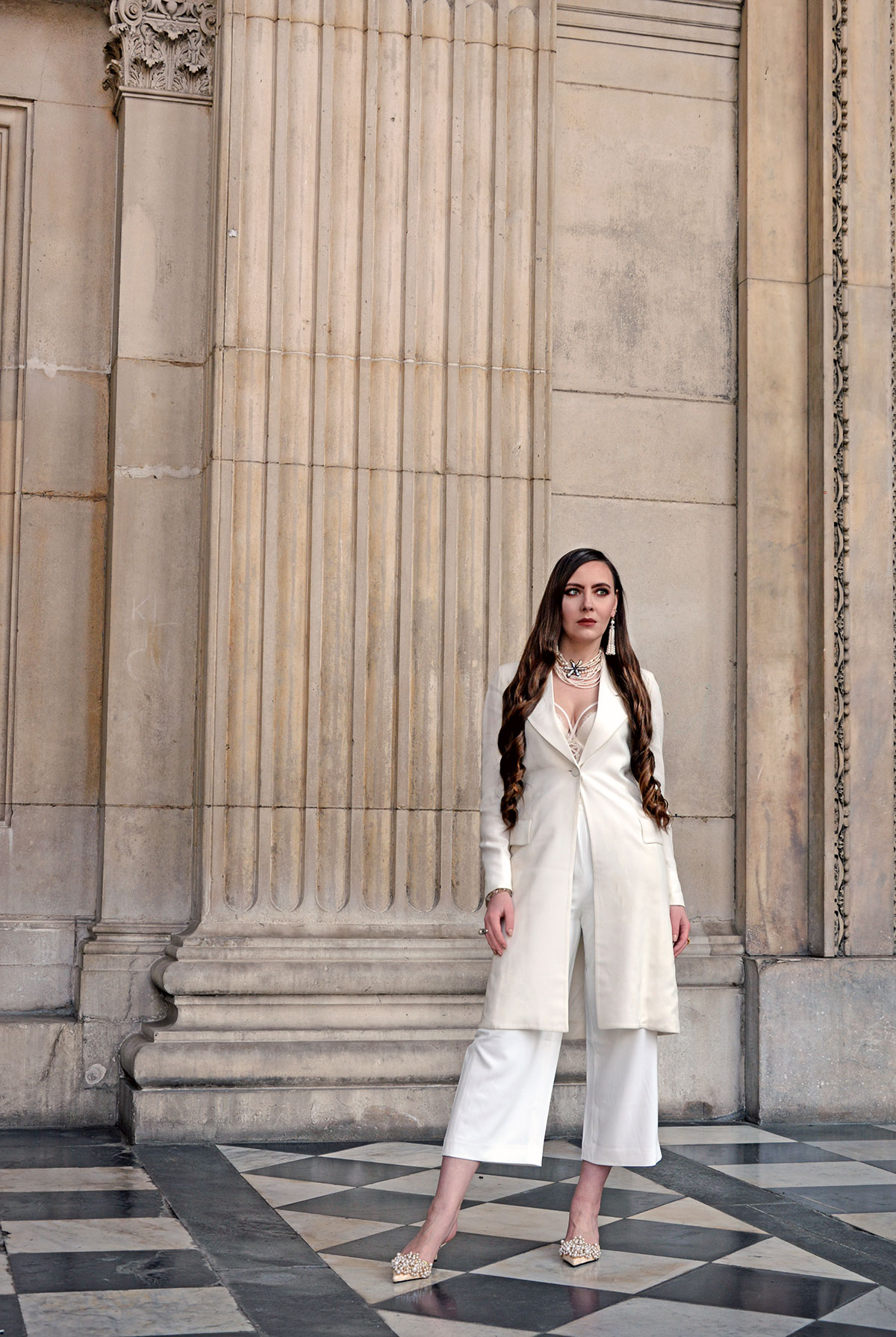
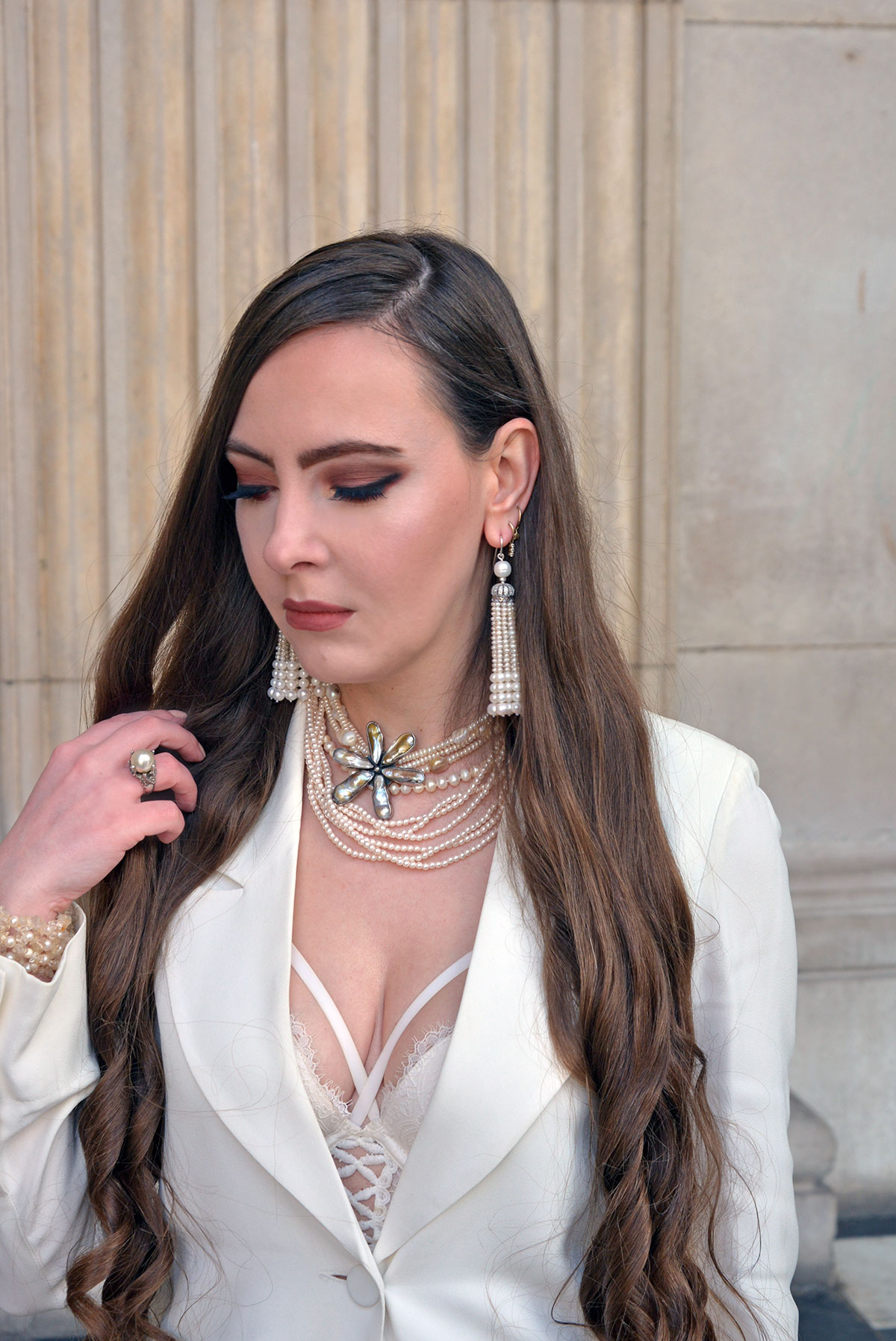
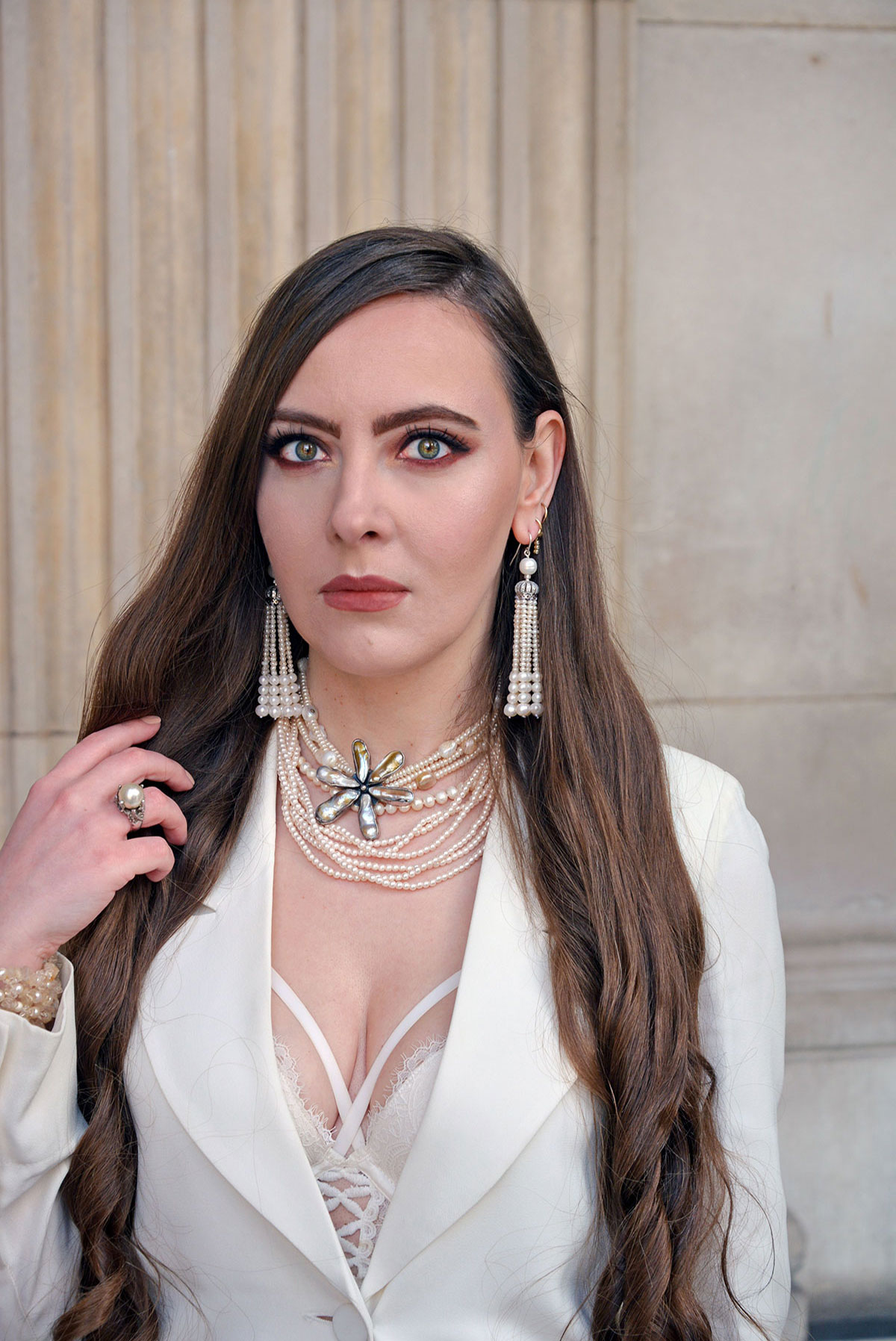
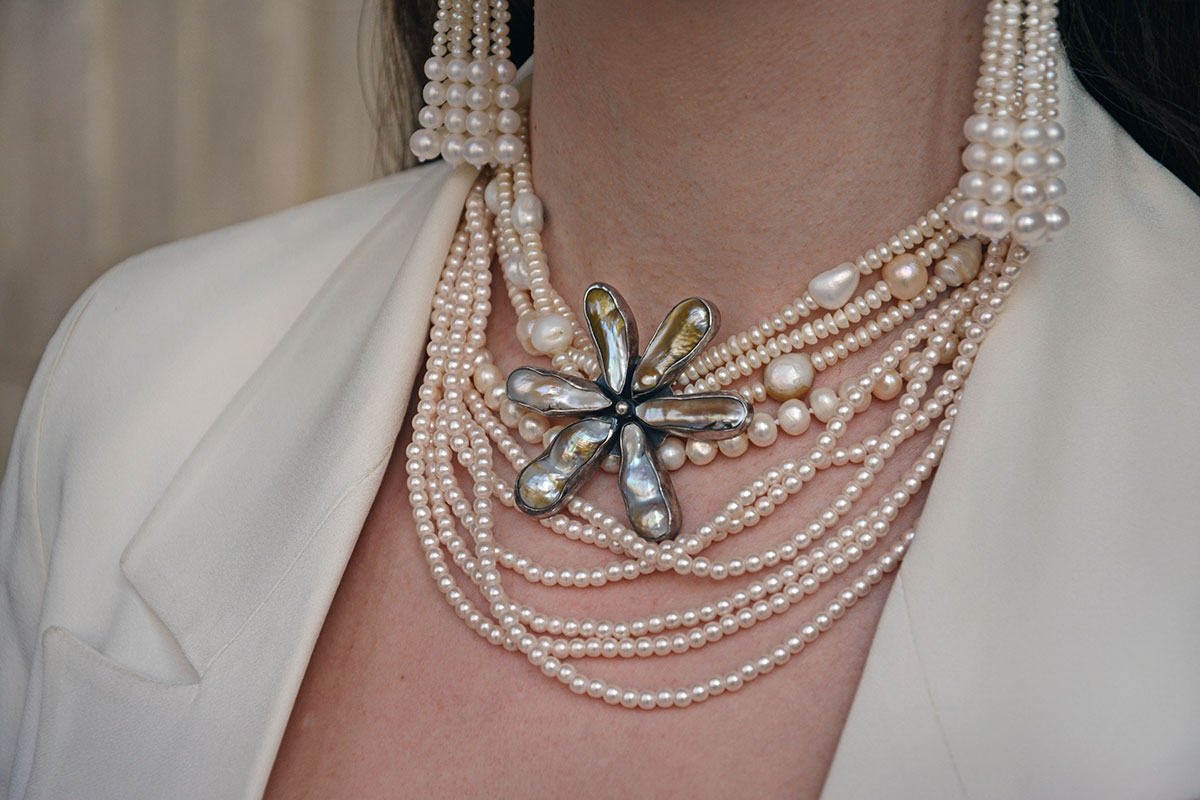
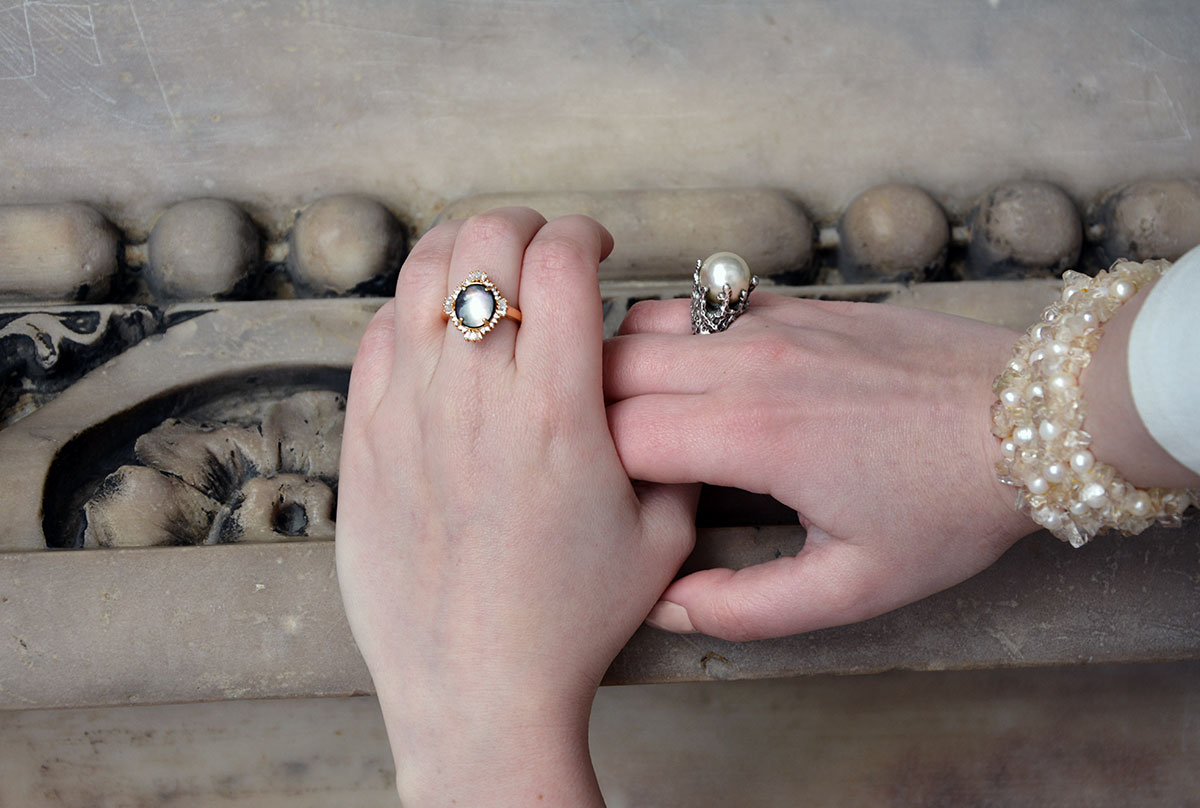
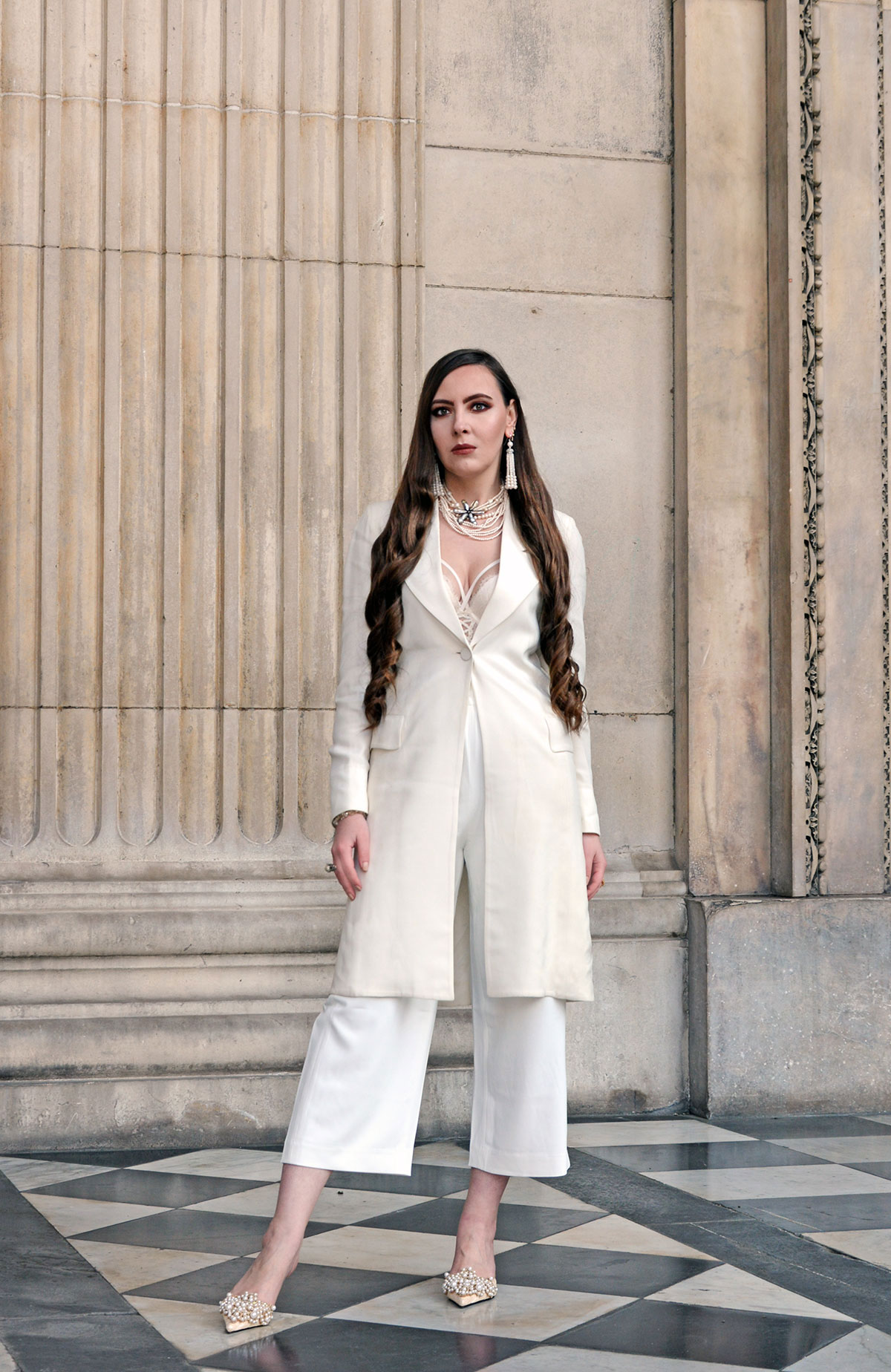
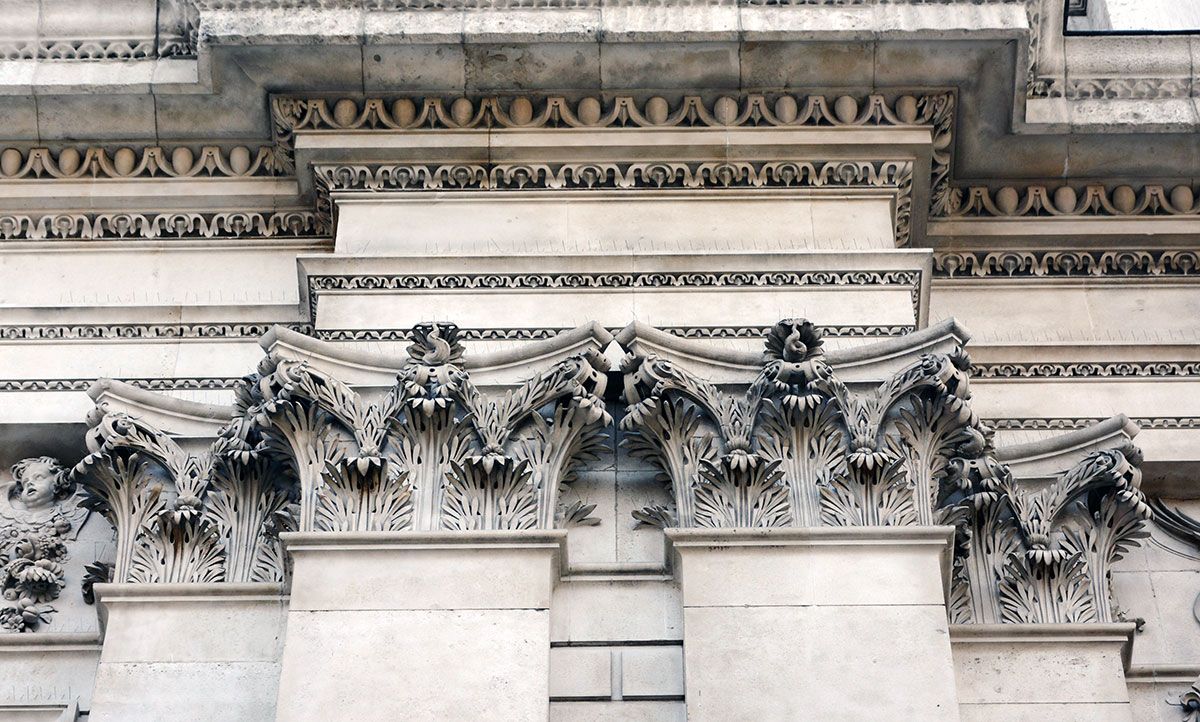
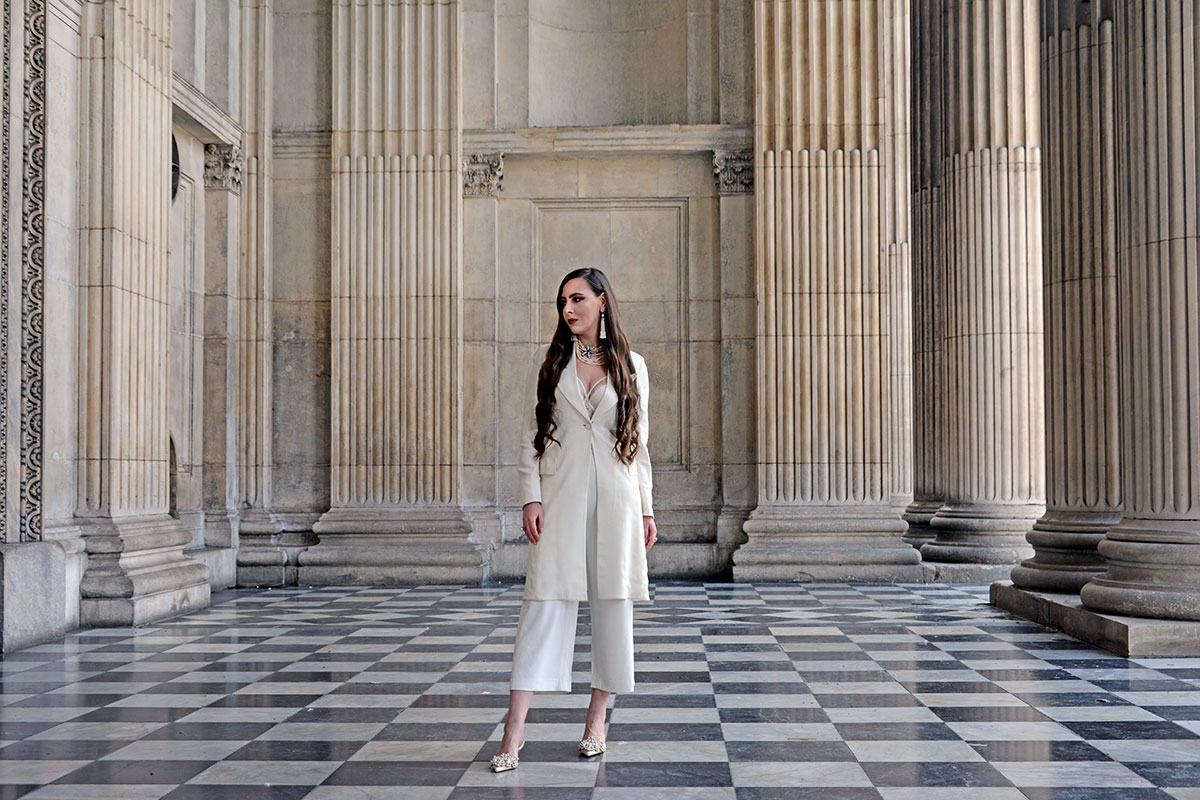
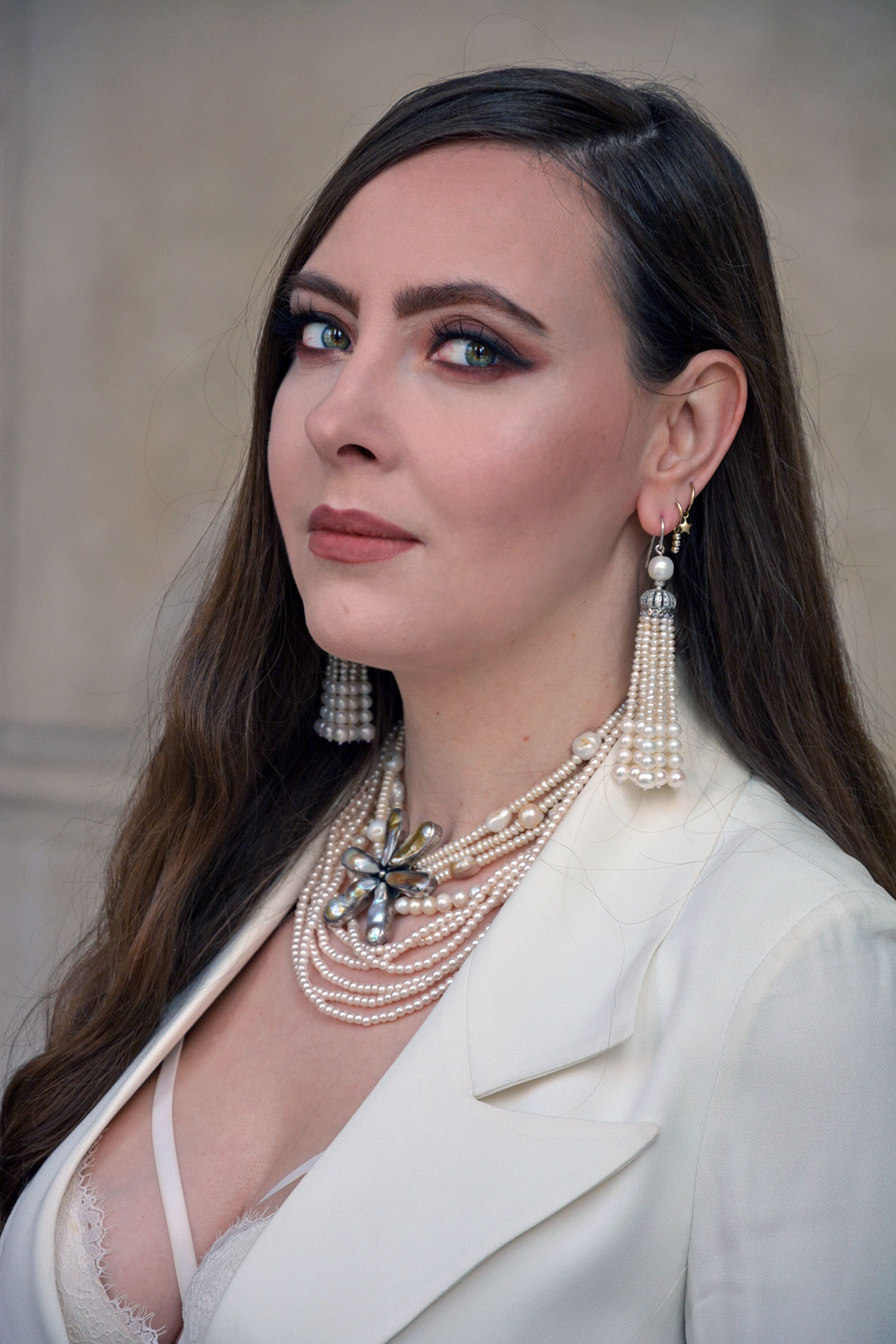
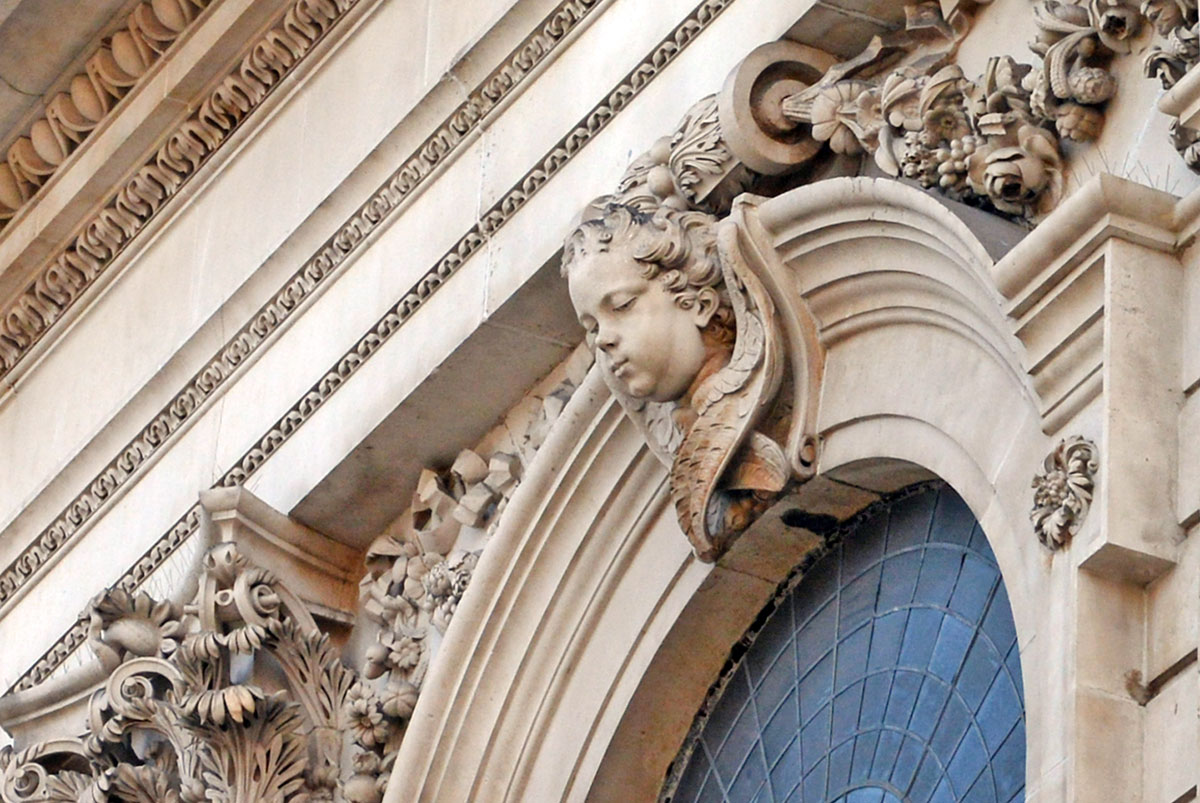
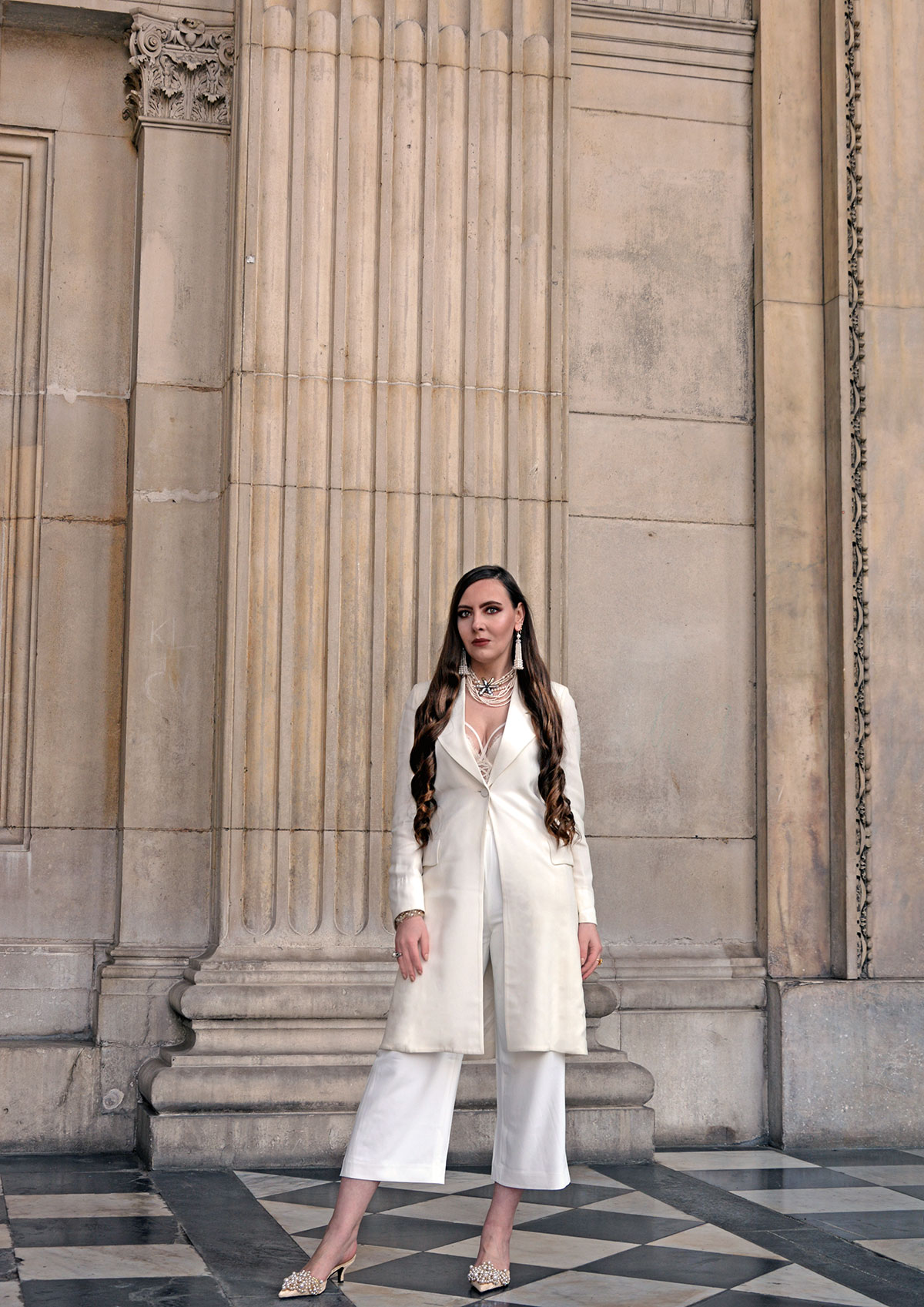
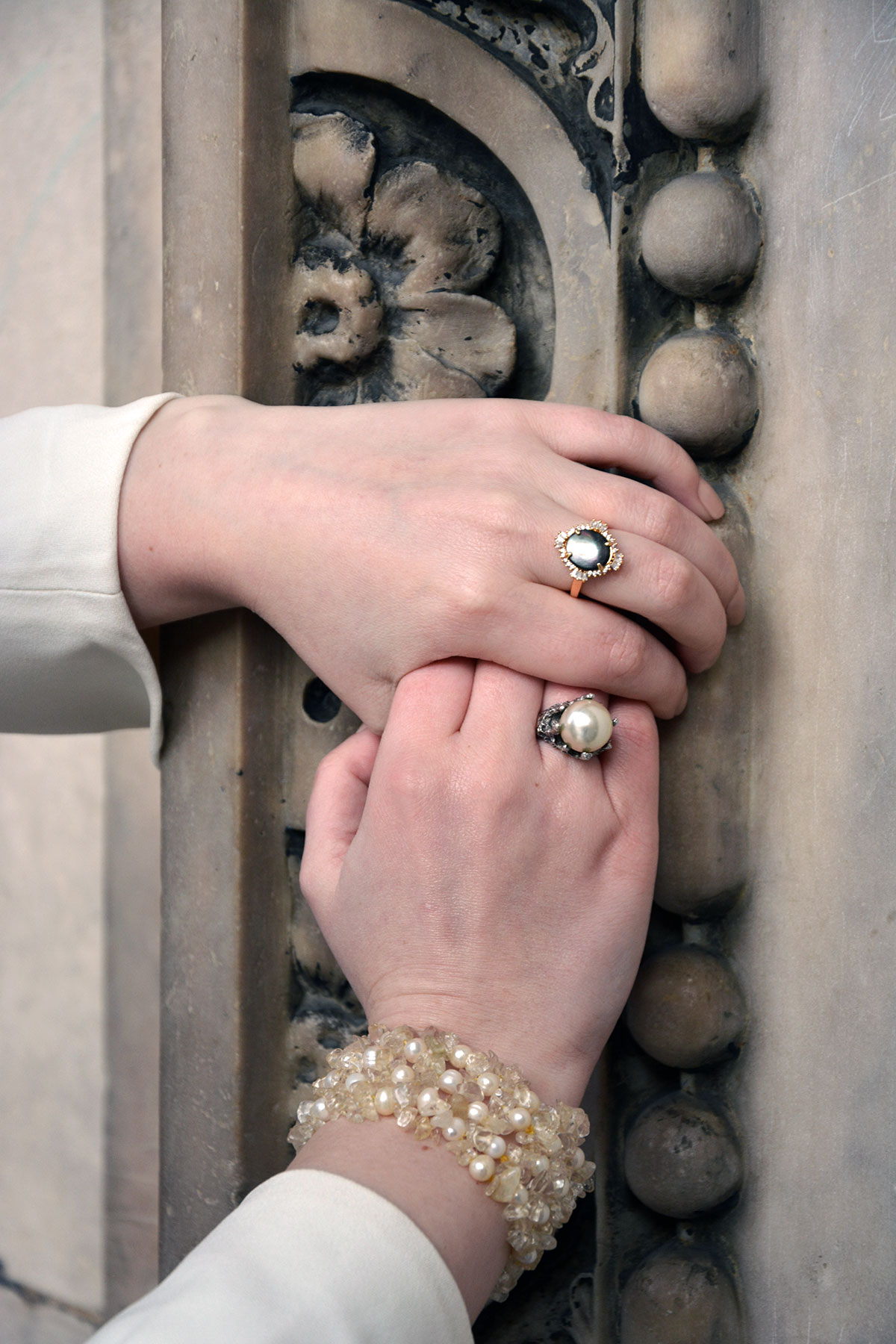

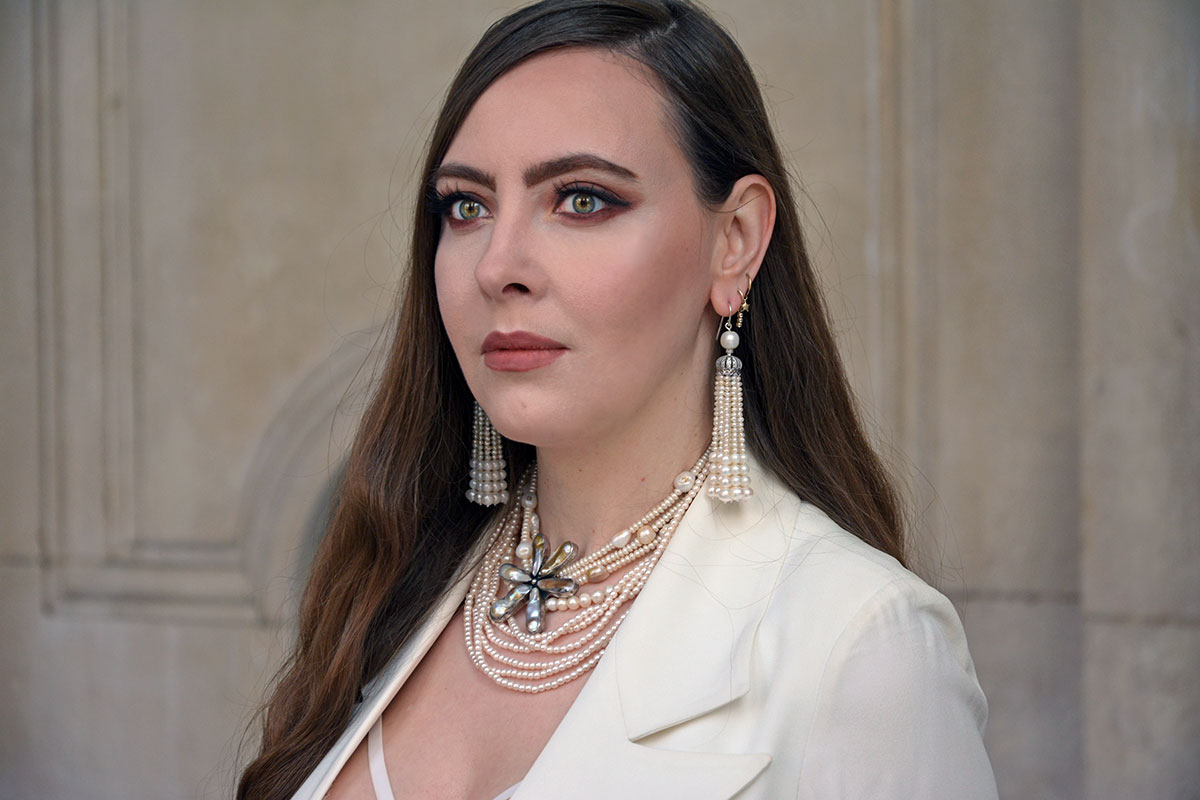

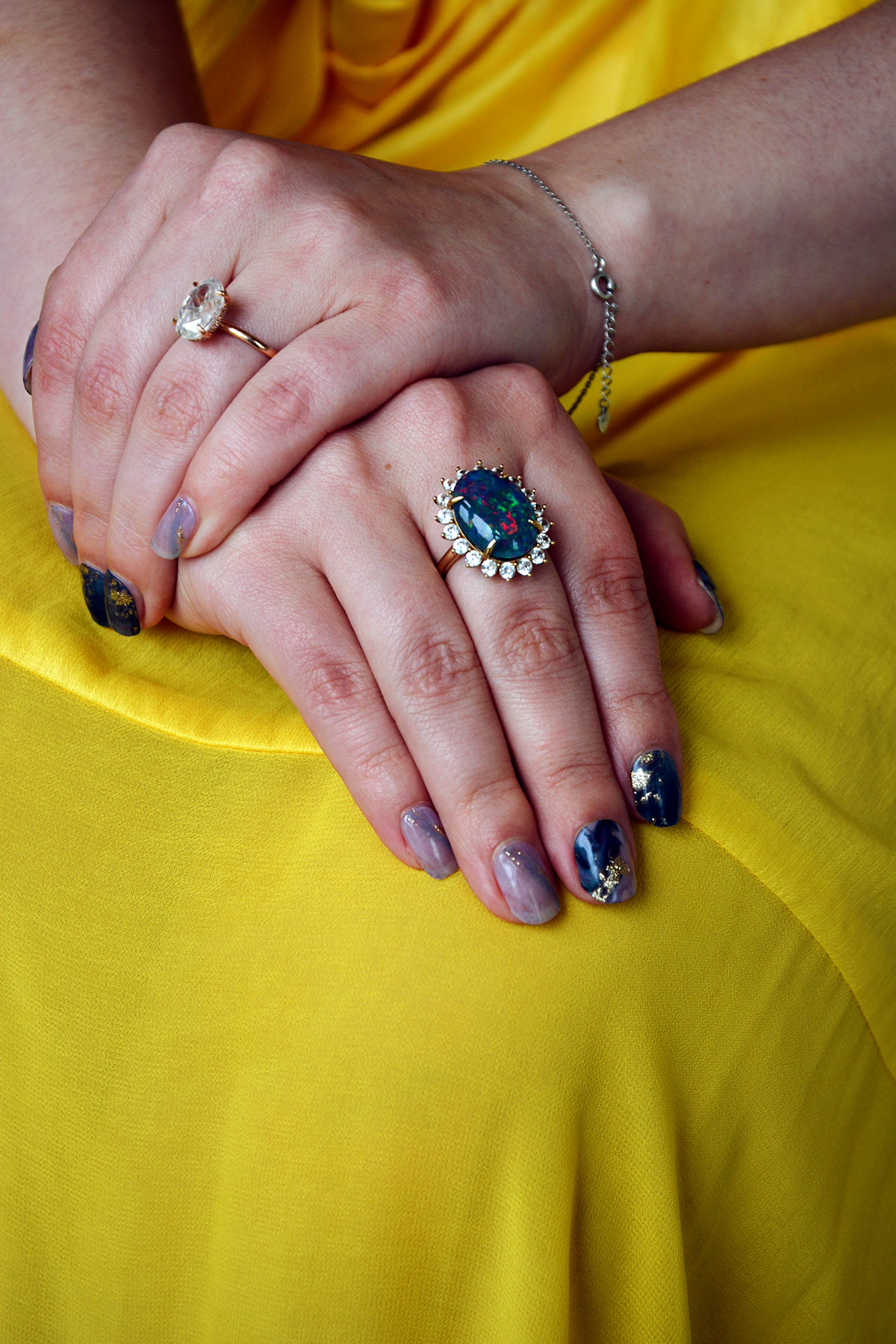
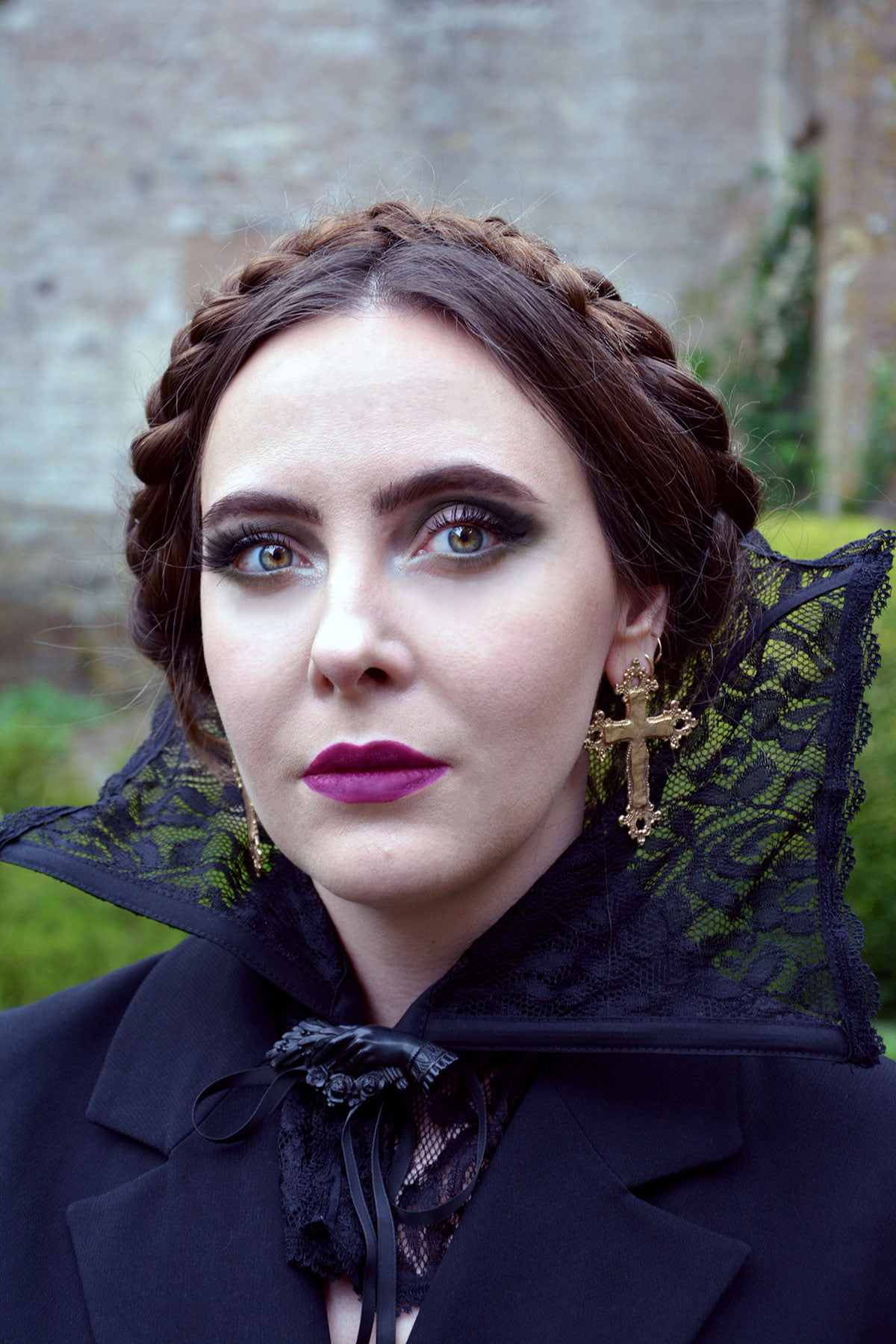
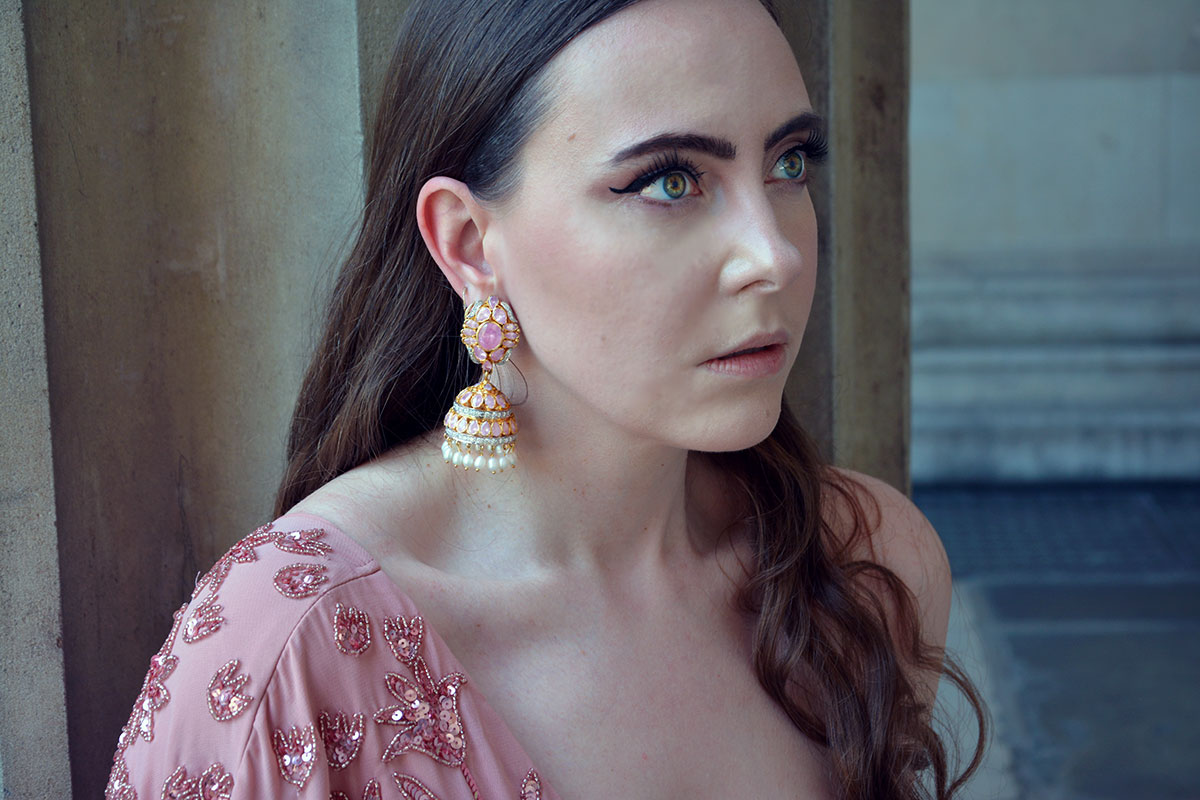
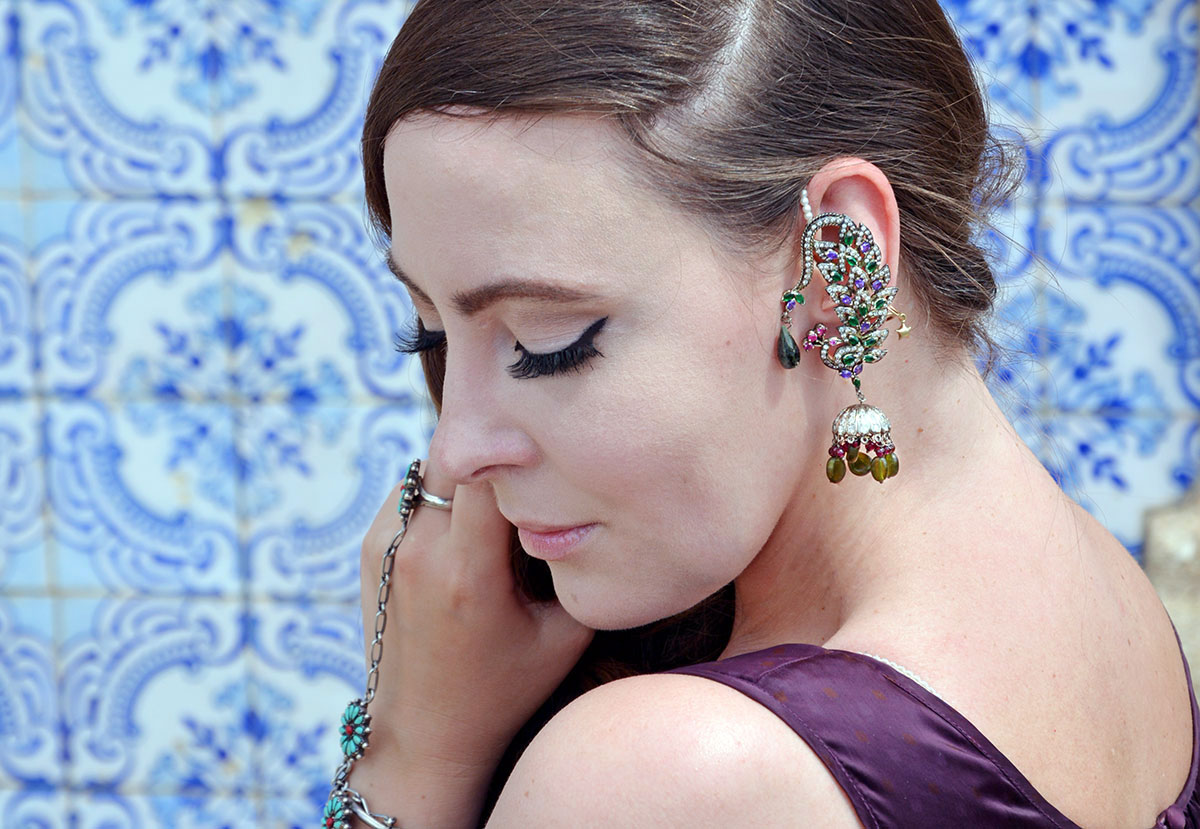
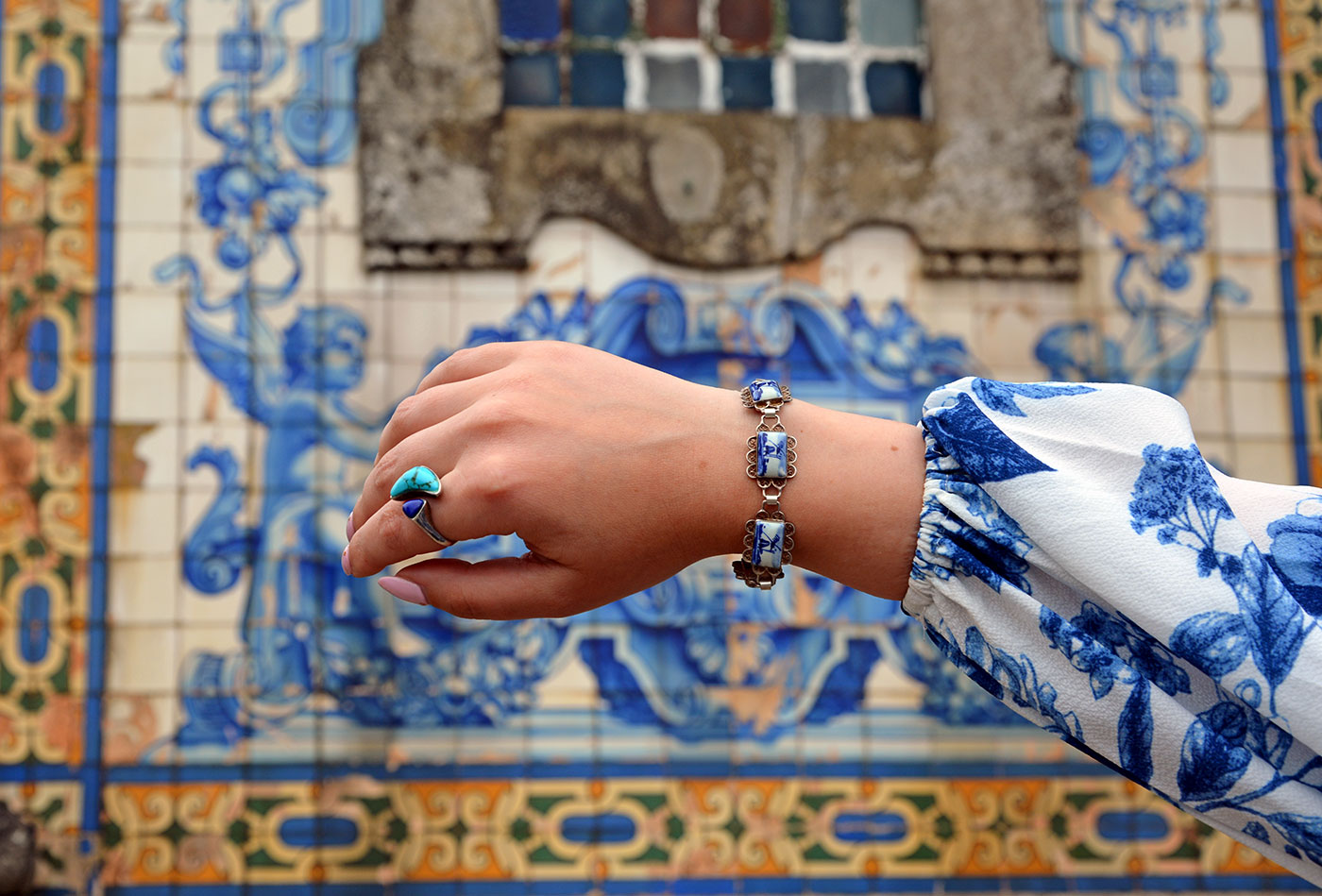
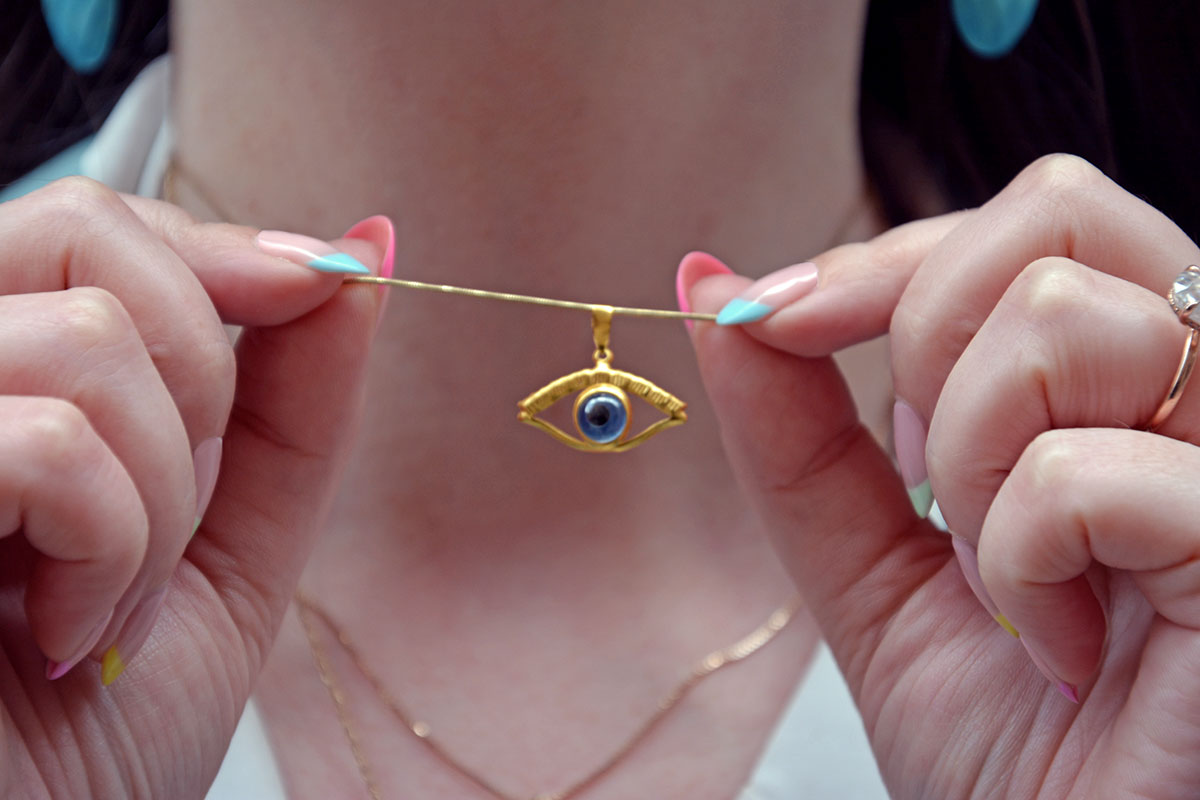
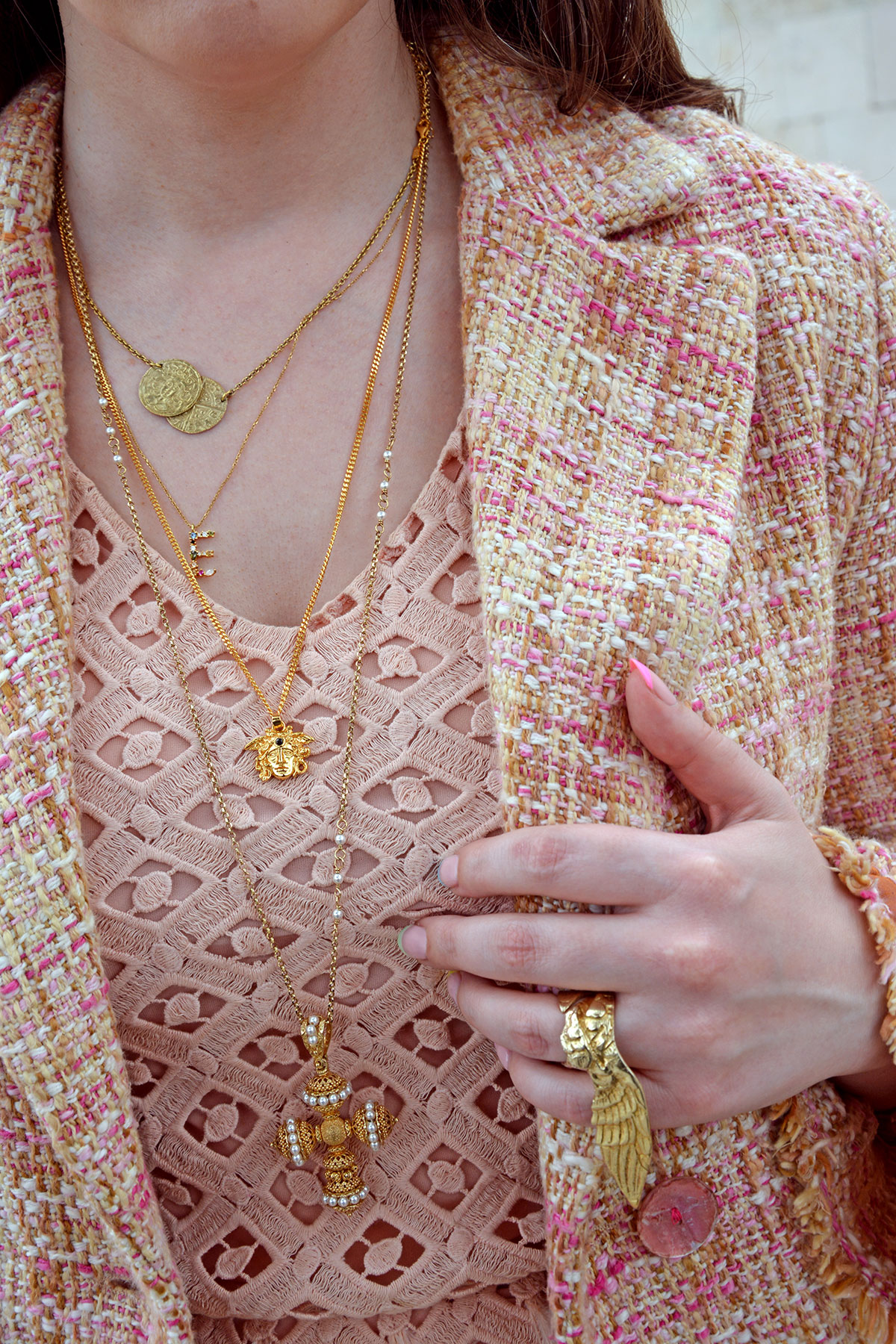
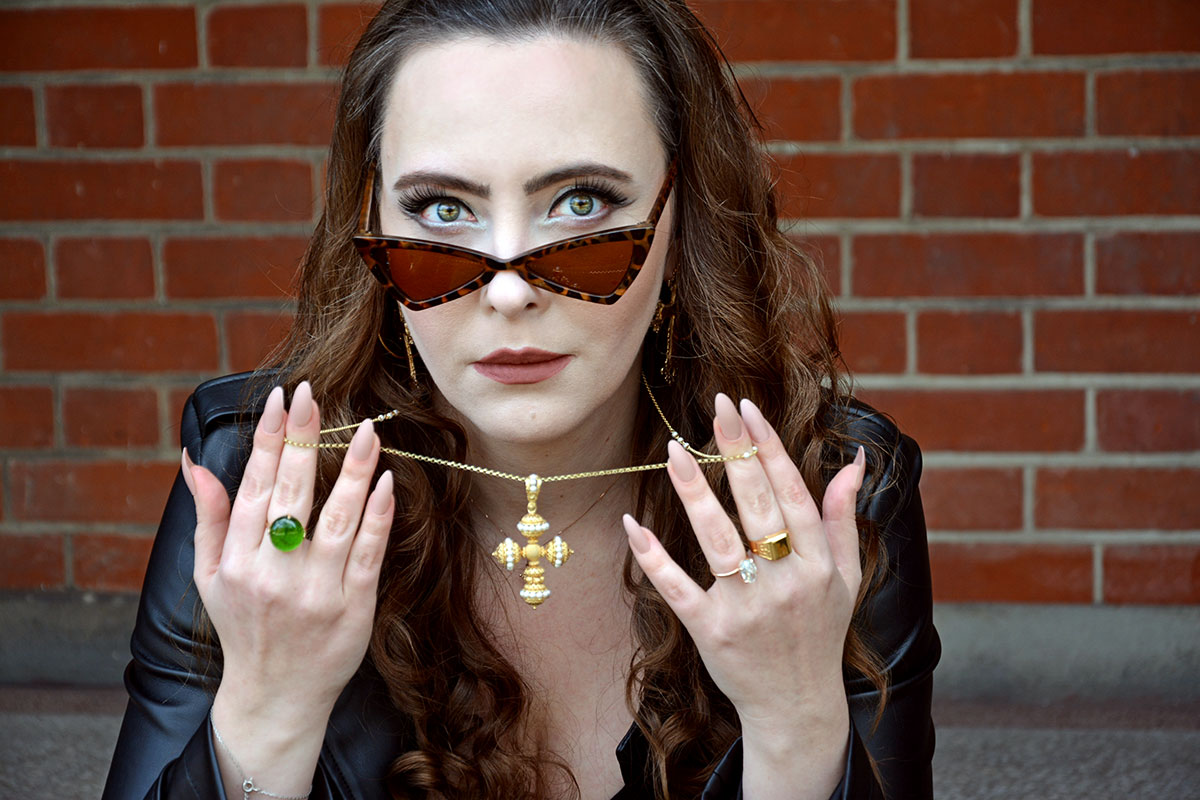
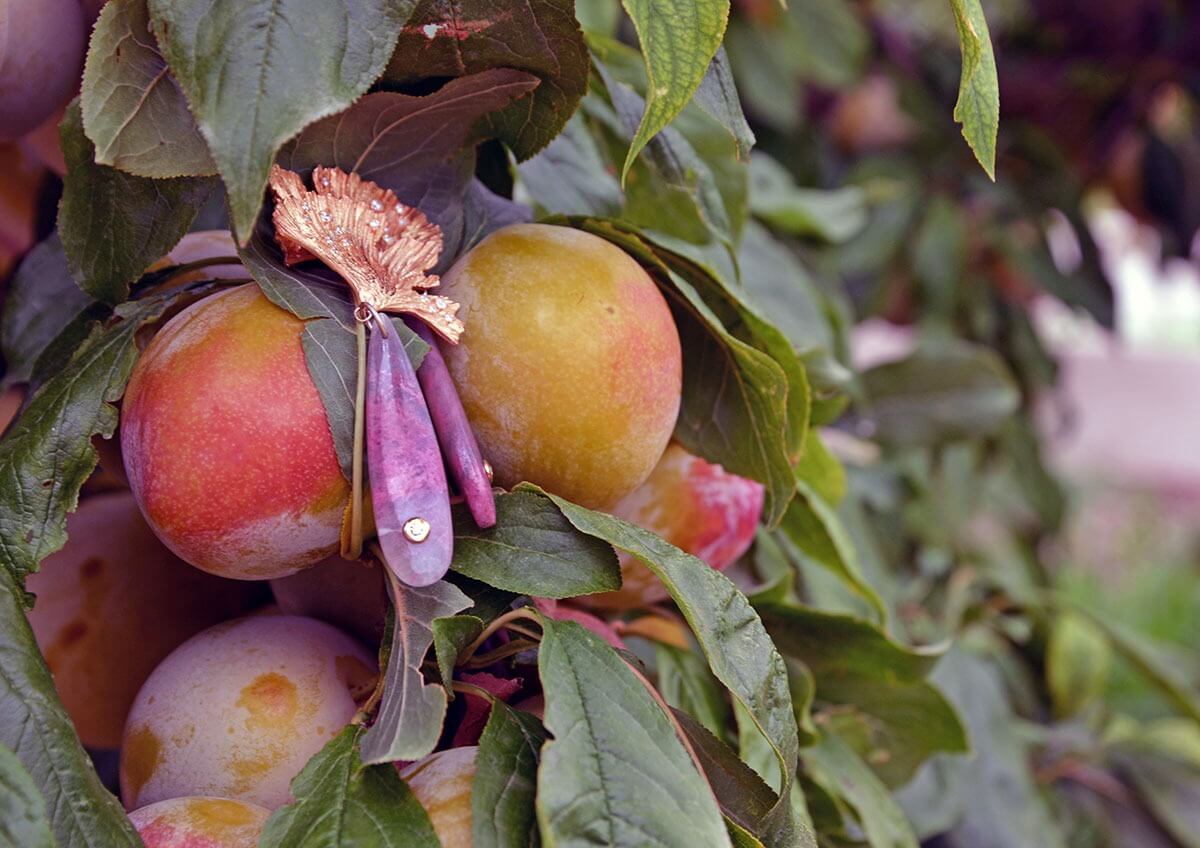
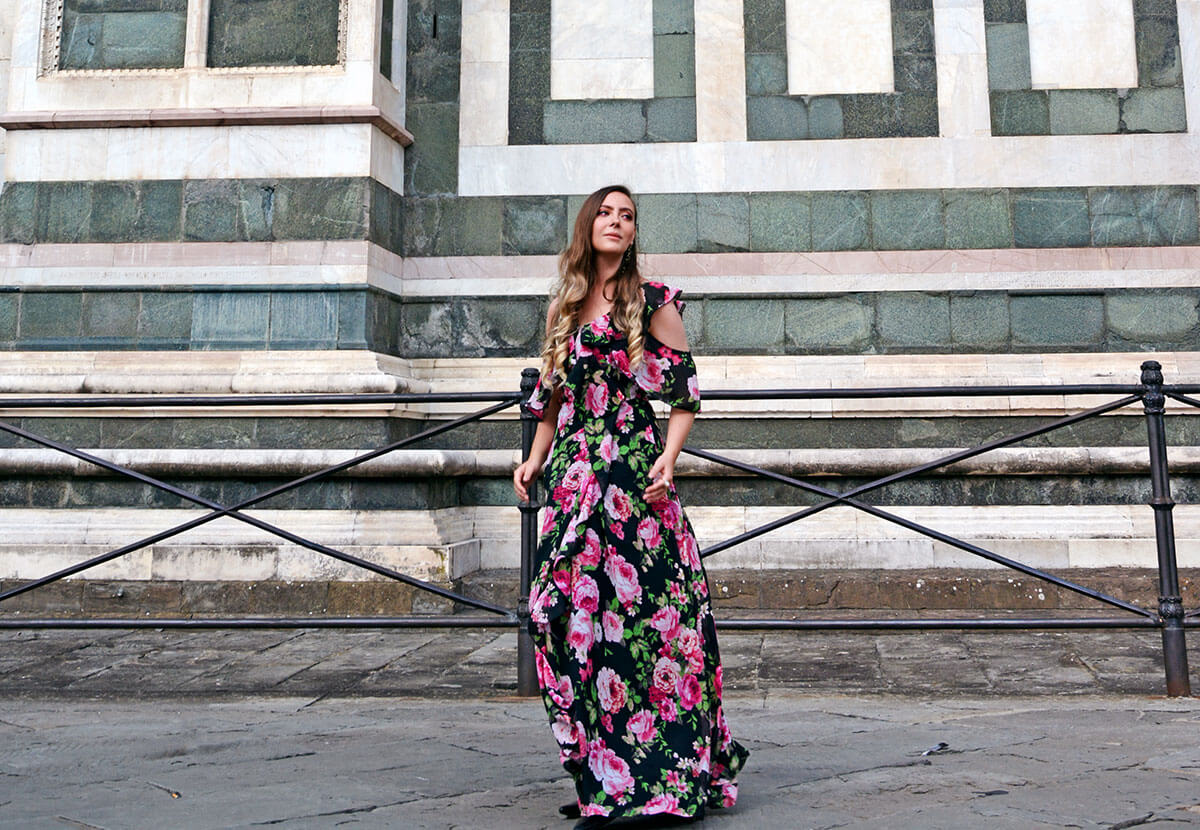
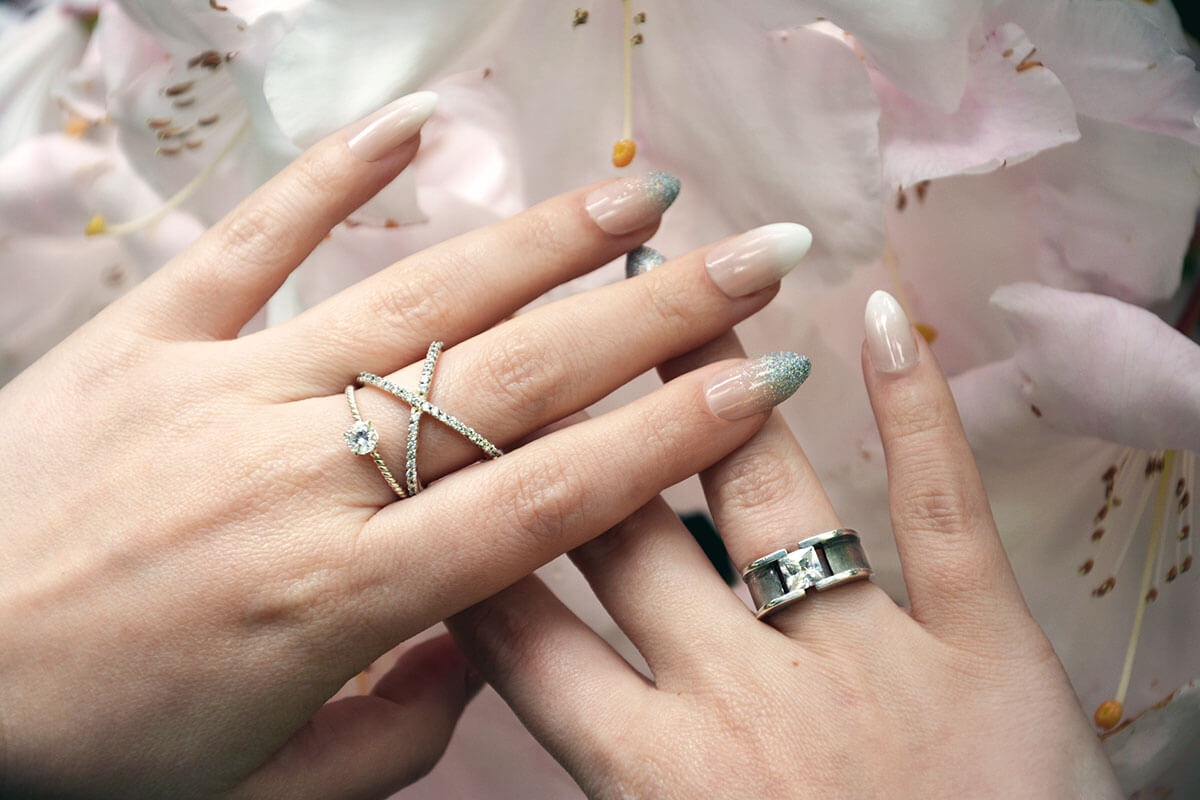
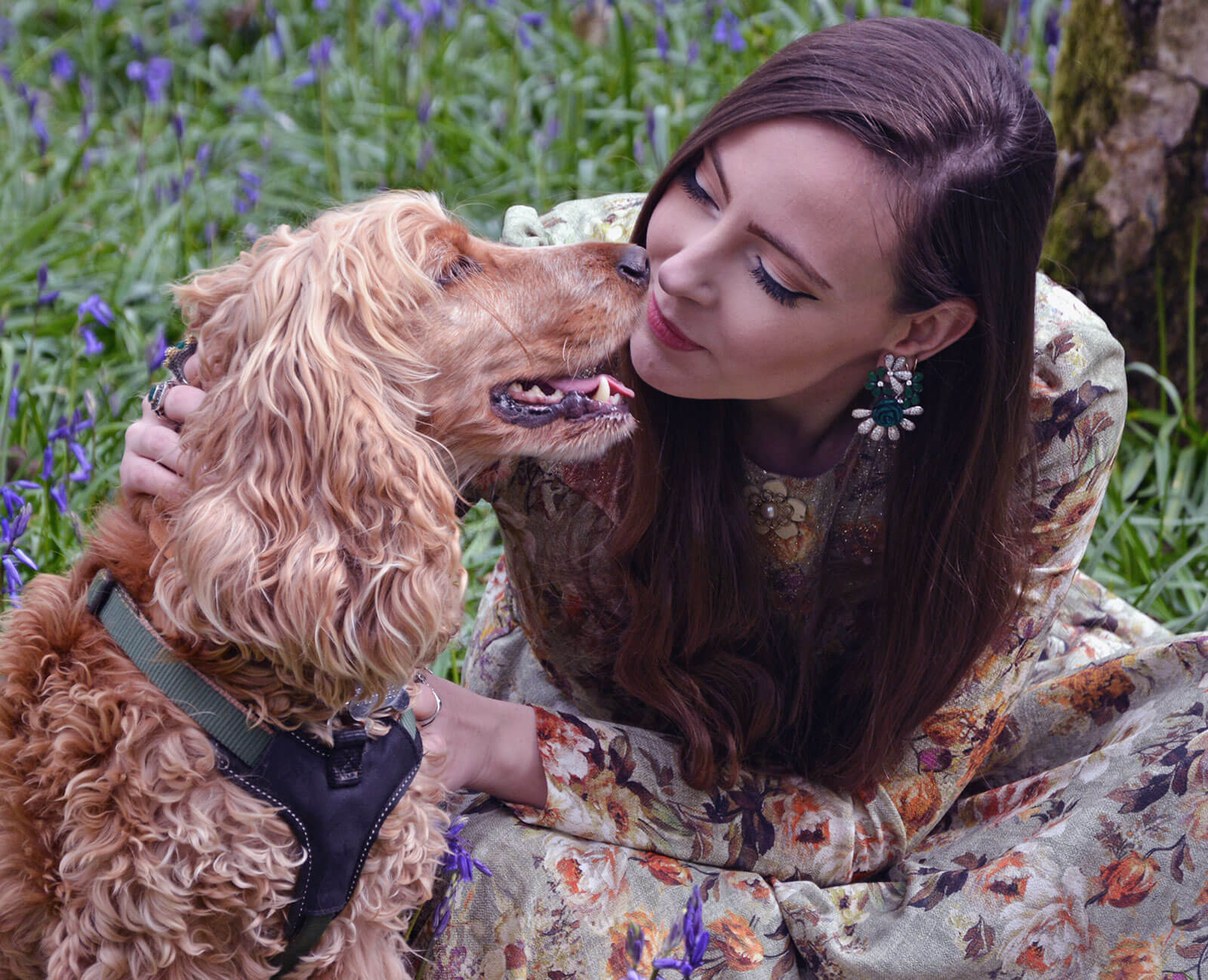
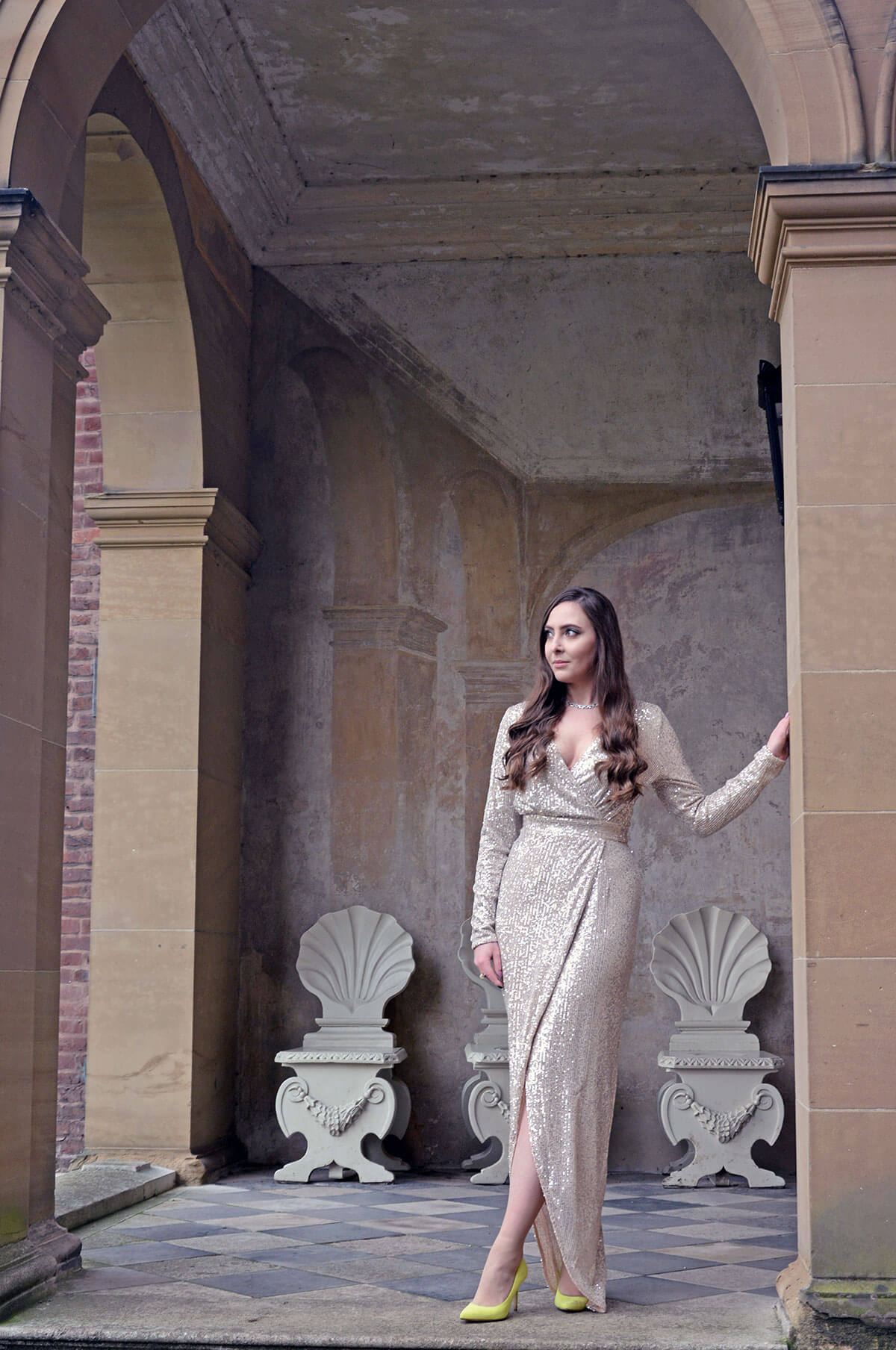

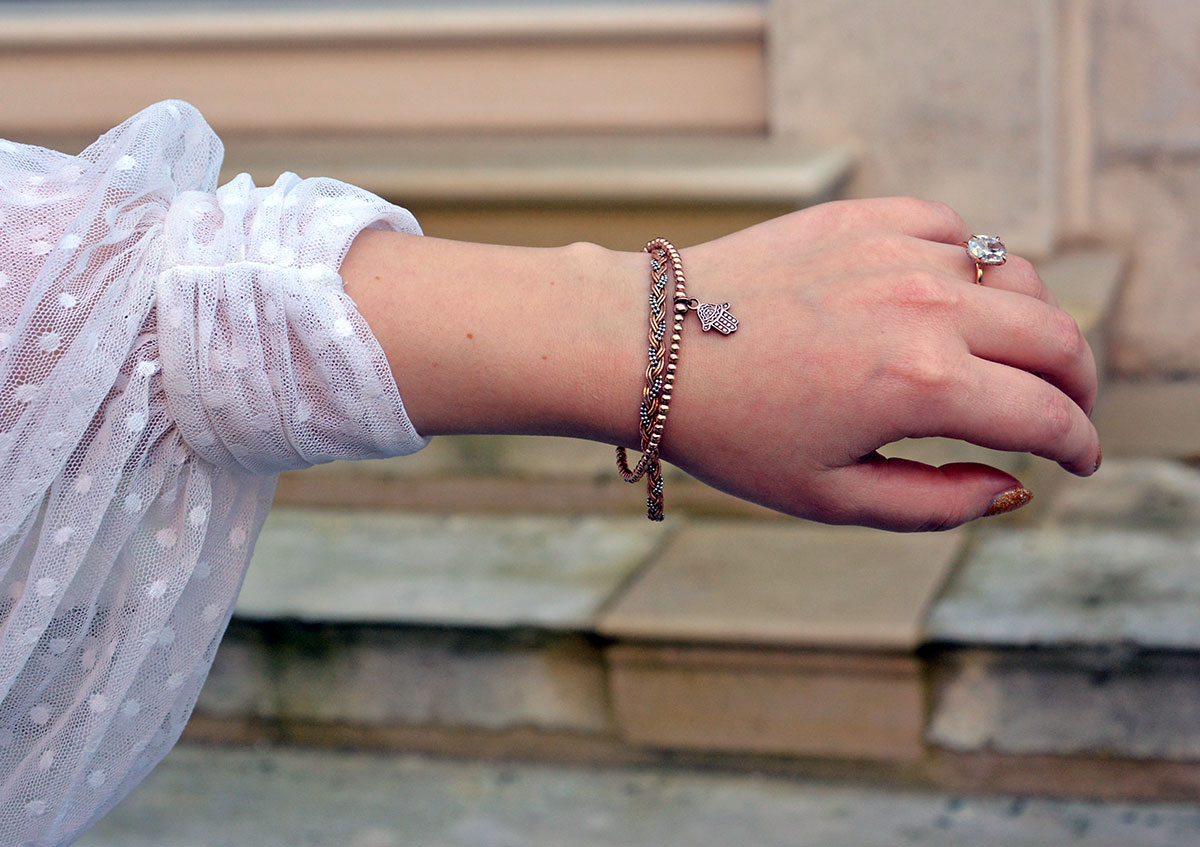
2 Responses
What a great post, I learned so much about pearls, as I got my first Pearl necklace and bracelet for my birthday . Thank you for sharing.
Oh how wonderful!
Do you enjoy wearing your pearl pieces? I bet you look amazing in them 🙂